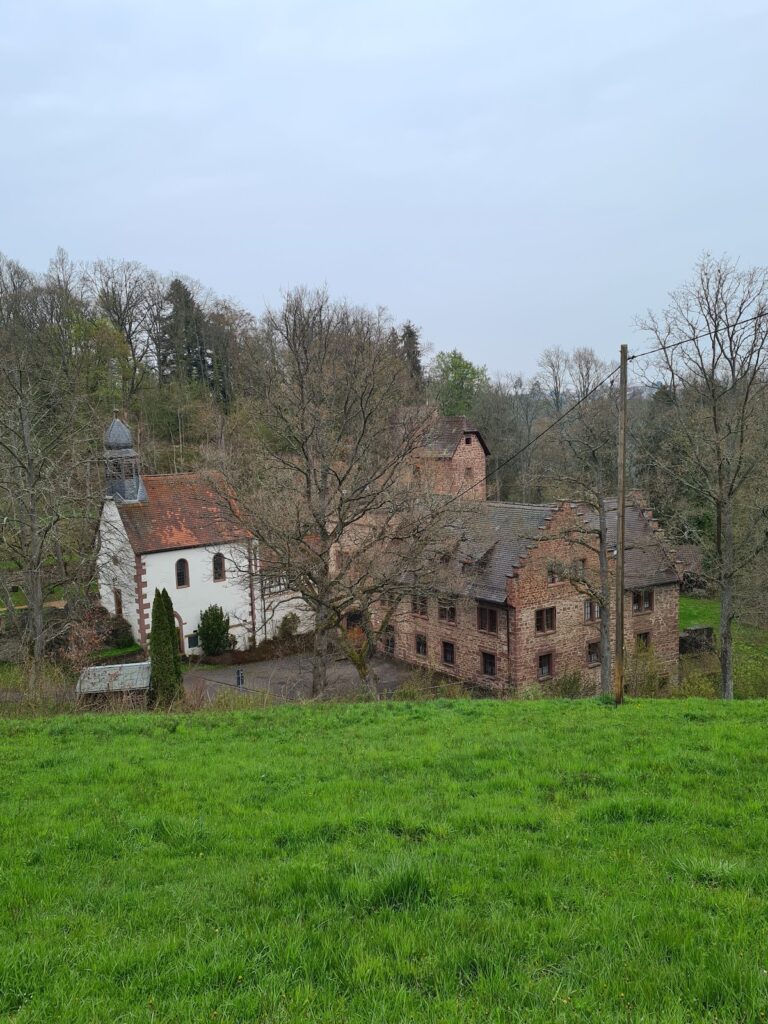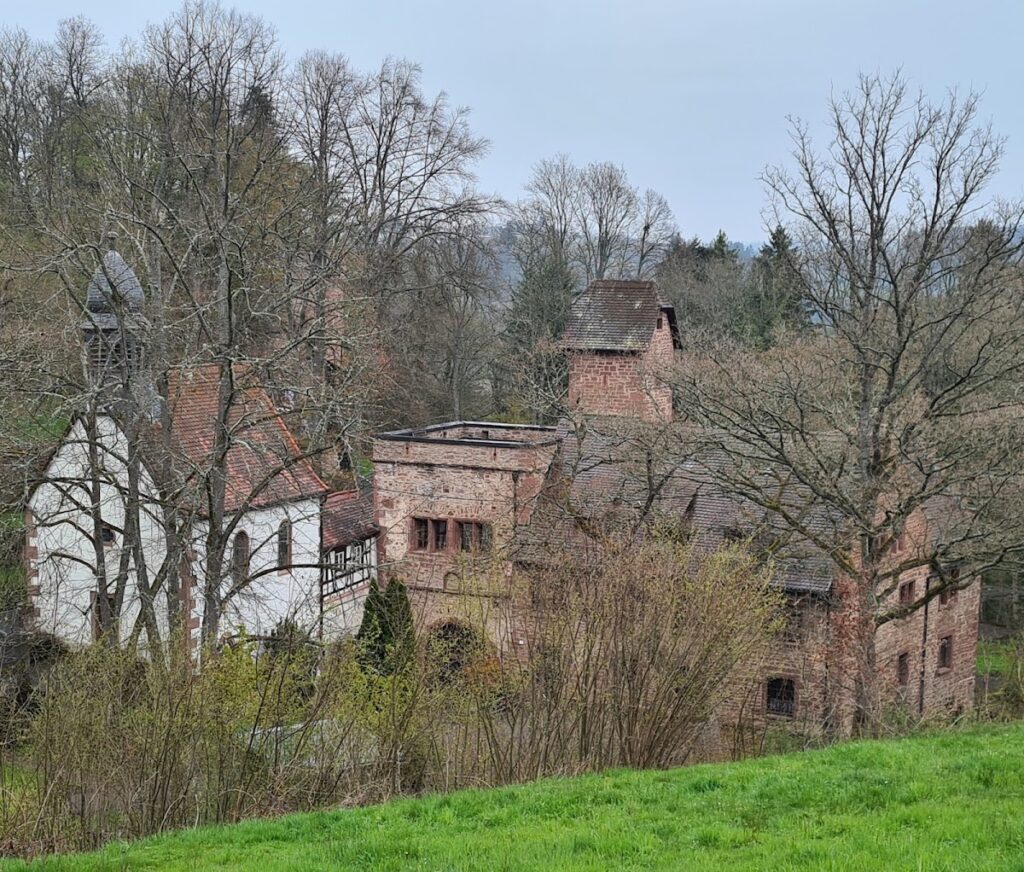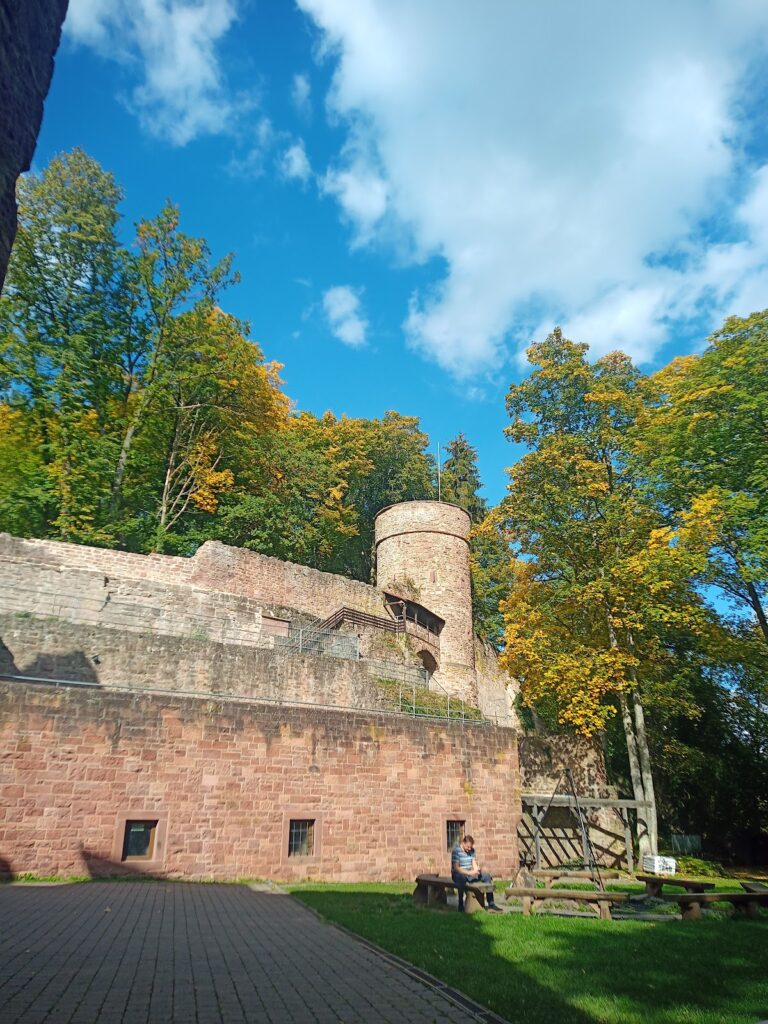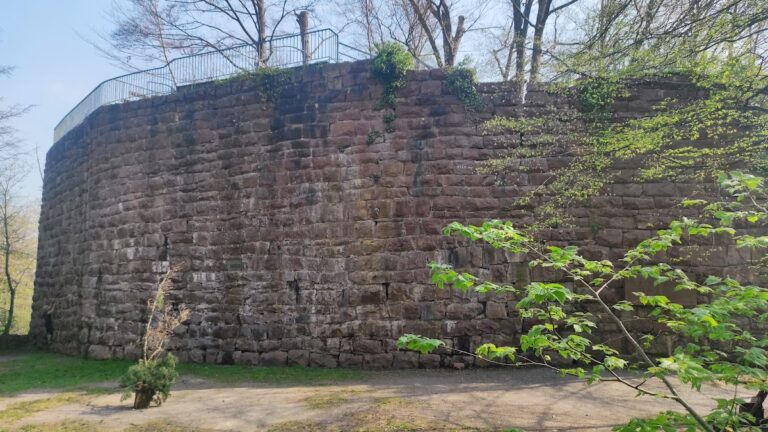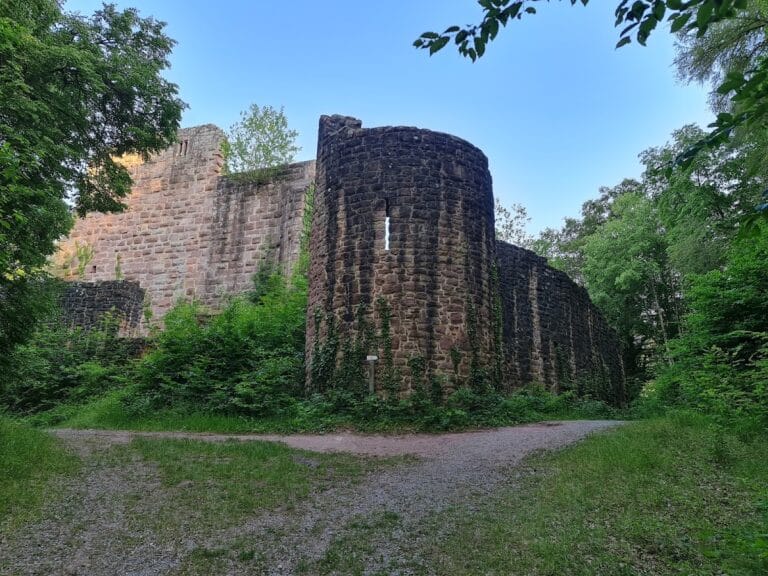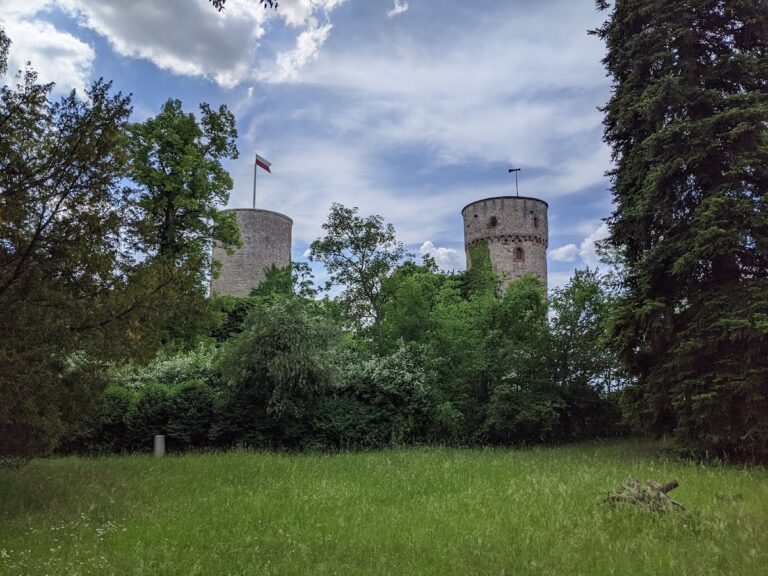Burg Steinegg: A Medieval and Renaissance Castle in Neuhausen, Germany
Visitor Information
Google Rating: 4.4
Popularity: Low
Google Maps: View on Google Maps
Official Website: www.evkirche-pf.de
Country: Germany
Civilization: Unclassified
Remains: Military
History
Burg Steinegg is situated in the municipality of Neuhausen, Germany, and was originally constructed during the High Middle Ages by the ministerial Adalbert von Steinegg, a vassal serving the Counts of Calw. The earliest known mention of Adalbert dates to 1150, establishing the castle’s origins within the medieval feudal landscape of southwestern Germany.
In 1324, ownership of the castle and its lands passed to Wolf I of Stain. Several decades later, following the 1407 defeat of the Schleglerbund—a regional alliance of knightly families—Burg Steinegg was sold to Diether V of Gemmingen. Diether settled in the nearby Schlegler castle, while his son Diether (1398–1478) initiated construction of a new fortress beneath the old hilltop site. This lower castle, dating from the 15th century, formed the basis of the structure that largely survives today, though the original hilltop fortress survives only as foundation remnants.
The Gemmingen family expanded their regional influence through this seat, with the castle serving as an administrative center for their lordship. For political strategy, Diether soon enfeoffed the property to the Margrave of Baden, linking his family’s authority to this powerful territorial lord. In 1520, a castle chapel was built to serve the spiritual needs of the household, reflecting the growing importance of religious structures within noble residences.
By the late 16th century, Hans Pleikard von Gemmingen (1546–1603) undertook Renaissance-style expansions, updating the castle to contemporary architectural tastes. Throughout the turbulent years of the Thirty Years’ War and the Nine Years’ War, Burg Steinegg avoided damage due to substantial payments made to prevent its destruction, demonstrating the family’s ability to navigate wartime pressures.
A significant fire in 1694 devastated the castle while its lord, Karl Dietrich von Gemmingen, was absent. The structure was promptly rebuilt the following year, and further enhancements to the castle chapel and a nearby forest chapel at Hamberg—a rock-bound sanctuary in the surrounding woodland—were attributed to Karl Dietrich Anton von Gemmingen (1694–1745). The castle remained in the Gemmingen family until the 19th century, with Julius von Gemmingen-Steinegg (1774–1842) recognized as the last family resident before the property was transferred to the state of Baden in 1839.
Eduard von Gemmingen-Steinegg reacquired the castle in 1840 but ordered the removal of its roofs, a decision that led to accelerated deterioration. Organized restoration efforts began in 1928, led by Freiin St. Clair von Gemmingen-Steinegg and carried on after her death in 1951 by Irmgard von Bistram. In 1958, stewardship passed to the Protestant parish of Pforzheim under a hereditary building lease. This arrangement, supported by church funds, government subsidies, and family contributions, allowed for the castle’s restoration and adaptive reuse as a leisure home.
Remains
Burg Steinegg today sits approximately 410 meters above sea level within a small valley surrounded by a forest park near the village of Steinegg. Its layout reflects a transition from the original hilltop fortification to a lower castle constructed in the 15th century. The earlier medieval stronghold occupies a terraced hill behind the present structure and survives solely as foundational remnants, marking the original site of the castle built by the von Steinegg family.
The extant castle, erected beneath the old fortress, exhibits architectural features characteristic of the Renaissance style, introduced during late 16th-century expansions. The presence of a castle chapel, dating from 1520, adds a significant religious dimension to the site. This chapel, along with a forest chapel located on a rocky outcrop near the castle in the surrounding woodland known as Hamberg, underwent enlargements and improvements in the early 18th century under Karl Dietrich Anton von Gemmingen’s direction. Both chapels attest to the importance of spiritual life associated with the estate.
Following the fire of 1694, the castle was rebuilt in 1695 according to contemporary needs, although the structure experienced decline after roofs were removed in 1840. Restoration campaigns during the 20th century have largely reconstructed the castle fabric, stabilizing the site and repurposing it for use as a leisure and youth center operated by the Protestant parish of Pforzheim. The castle’s remains reveal a complex history of adaptation and survival, linking its medieval origins with later periods of noble residence and community engagement.

